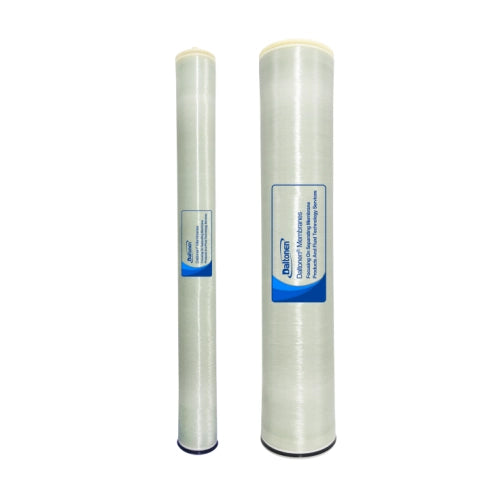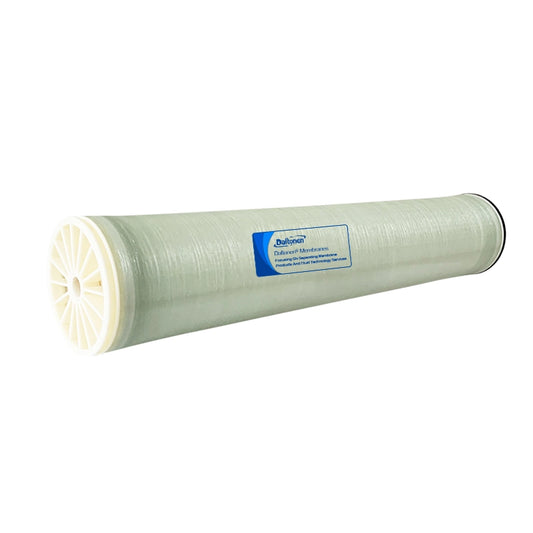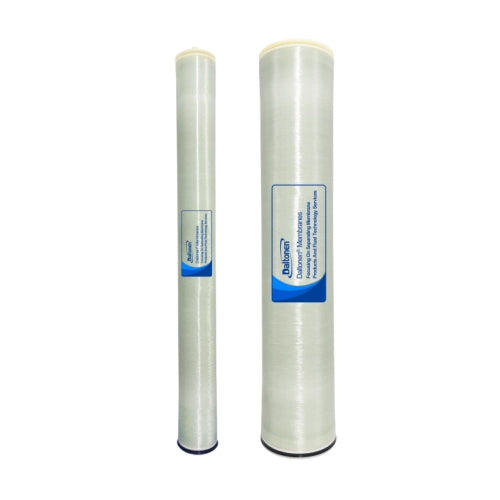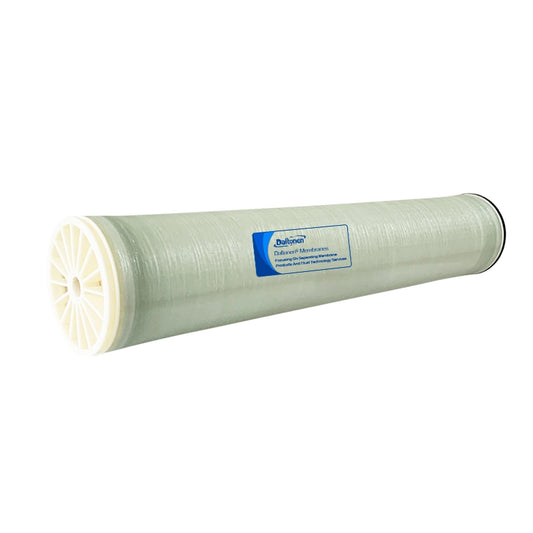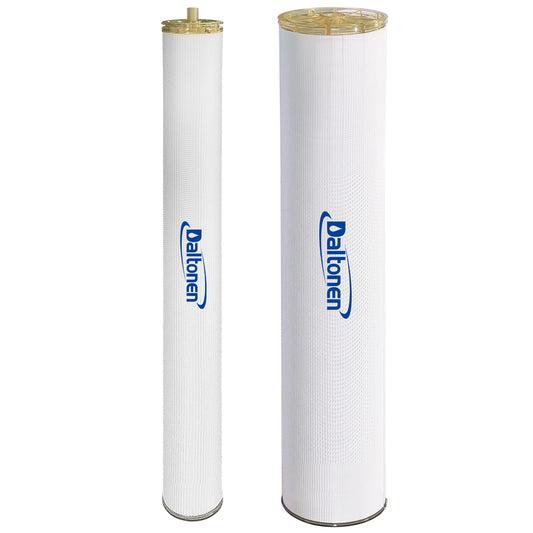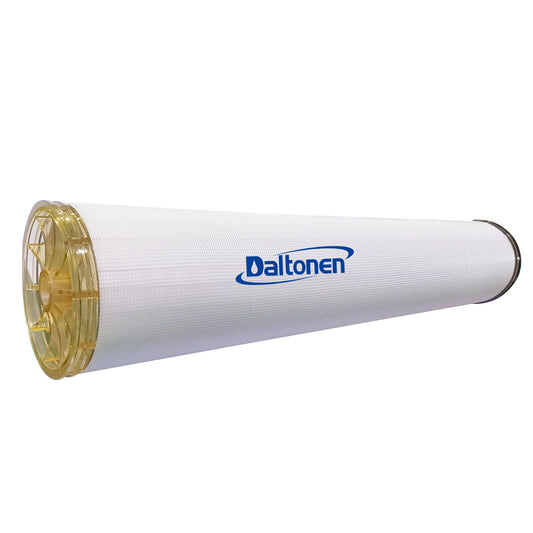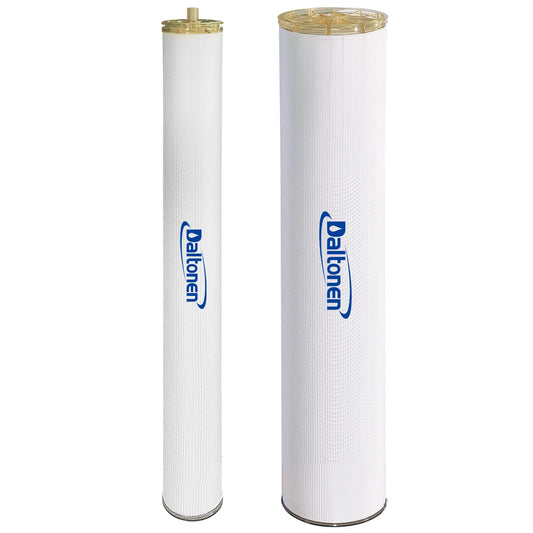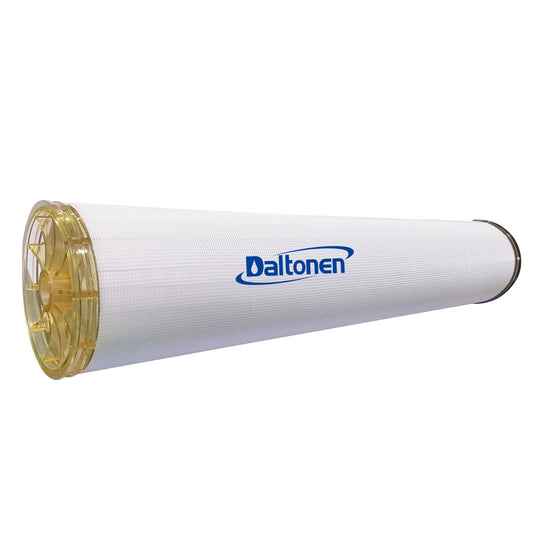How to Select RO (Reverse Osmosis) Membranes for Boiler Water
01 Apr 2025
How to Select RO (Reverse Osmosis) Membranes for Boiler Water
When selecting RO (Reverse Osmosis) membranes for boiler water treatment, it is essential to consider multiple factors to ensure that the chosen membrane meets the water quality requirements for boiler use and guarantees the efficient operation of the system. Below are detailed recommendations for selection:
1. Water Quality Analysis
-
Feedwater Quality: Before selecting an RO membrane, a detailed analysis of the feedwater quality is necessary, including parameters such as Total Dissolved Solids (TDS), hardness, pH value, organic content, and microbial contamination. These parameters will directly affect the choice of membrane and the performance of the system.
-
Types and Concentrations of Contaminants: If the water contains high concentrations of calcium, magnesium, and other hardness ions, it may be necessary to select membranes with stronger anti-pollution properties or to install a softening treatment unit before the RO system. For water sources with high organic content, membranes with higher anti-pollution performance, such as anti-fouling membrane elements, may be required.

2. Membrane Type Selection
-
Ultra-Low Pressure Membranes: Suitable for water sources with low TDS (≤1000 ppm), such as municipal tap water or groundwater. These membranes operate at low pressure, consume less energy, and are suitable for pretreatment of boiler feedwater.
-
Low Pressure Membranes: Suitable for water sources with TDS between 1000-3000 ppm, such as brackish water. These membranes operate at moderate pressure, offering high desalination rates and productivity, making them suitable for advanced treatment of boiler feedwater.
-
Anti-Pollution Membranes: Suitable for water sources with high TDS (3000-8000 ppm) and containing significant organic or microbial content. These membranes have better anti-pollution properties, effectively preventing membrane surface fouling and blockage, thereby extending membrane life.
-
Seawater Desalination Membranes: Suitable for high-salinity water sources (TDS≥10000 ppm), such as seawater or highly concentrated brackish water. These membranes can operate under high pressure and have extremely high desalination rates, making them suitable for advanced treatment of boiler feedwater.
3. Membrane Specification Selection
-
Membrane Element Dimensions: Common membrane element dimensions include 4040 (4 inches in diameter, 40 inches in length) and 8040 (8 inches in diameter, 40 inches in length). 4040 membranes are suitable for smaller-scale water treatment systems, while 8040 membranes are suitable for larger-scale systems, providing higher productivity.
-
Product Water Flow: Select the appropriate number of membrane elements based on the actual water demand of the boiler. For systems with a product water flow of ≤3 tons/hour, 4040 membranes are often chosen, while systems with a product water flow of ≥4 tons/hour typically use 8040 membranes.
4. Brand Selection
-
Imported Brands: Such as Dow, Hydranautics, Toray, etc. These brands offer stable membrane performance, high desalination rates, and long service life, but they are relatively expensive.
-
Domestic Brands: Such as Daltonen, Huamo, etc. These brands have performance close to that of imported brands and offer more competitive pricing, making them suitable for users with limited budgets.

5. System Design and Maintenance
-
Pretreatment System: Install pretreatment equipment such as multi-medium filters, activated carbon filters, and softeners before the RO system to remove suspended solids, organics, residual chlorine, and other impurities from the water, reducing the risk of membrane fouling.
-
Post-Treatment System: Water treated by RO may require further ion exchange, deoxygenation, and other post-treatment processes to meet the stringent requirements for boiler water.
-
Maintenance and Cleaning: Regularly clean and maintain RO membranes to maintain their performance. Select appropriate chemical cleaning agents and methods based on the degree of membrane fouling.
6. Economics and Sustainability
-
Operating Costs: Choose membrane elements with lower energy consumption to reduce long-term operating costs. Also, consider the service life and replacement costs of the membranes.
-
Environmental Impact: RO membrane technology does not require the use of large amounts of chemicals during operation, making it environmentally friendly and in line with energy-saving and emission-reduction requirements.
Summary
When selecting RO membranes, it is necessary to comprehensively consider feedwater quality, water demand, membrane performance, brand reputation, as well as the economics and sustainability of the system. Through scientific selection and rational system design, the efficient operation of RO membranes in boiler water treatment can be ensured, membrane life can be extended, and operating costs can be reduced.
Tags:
